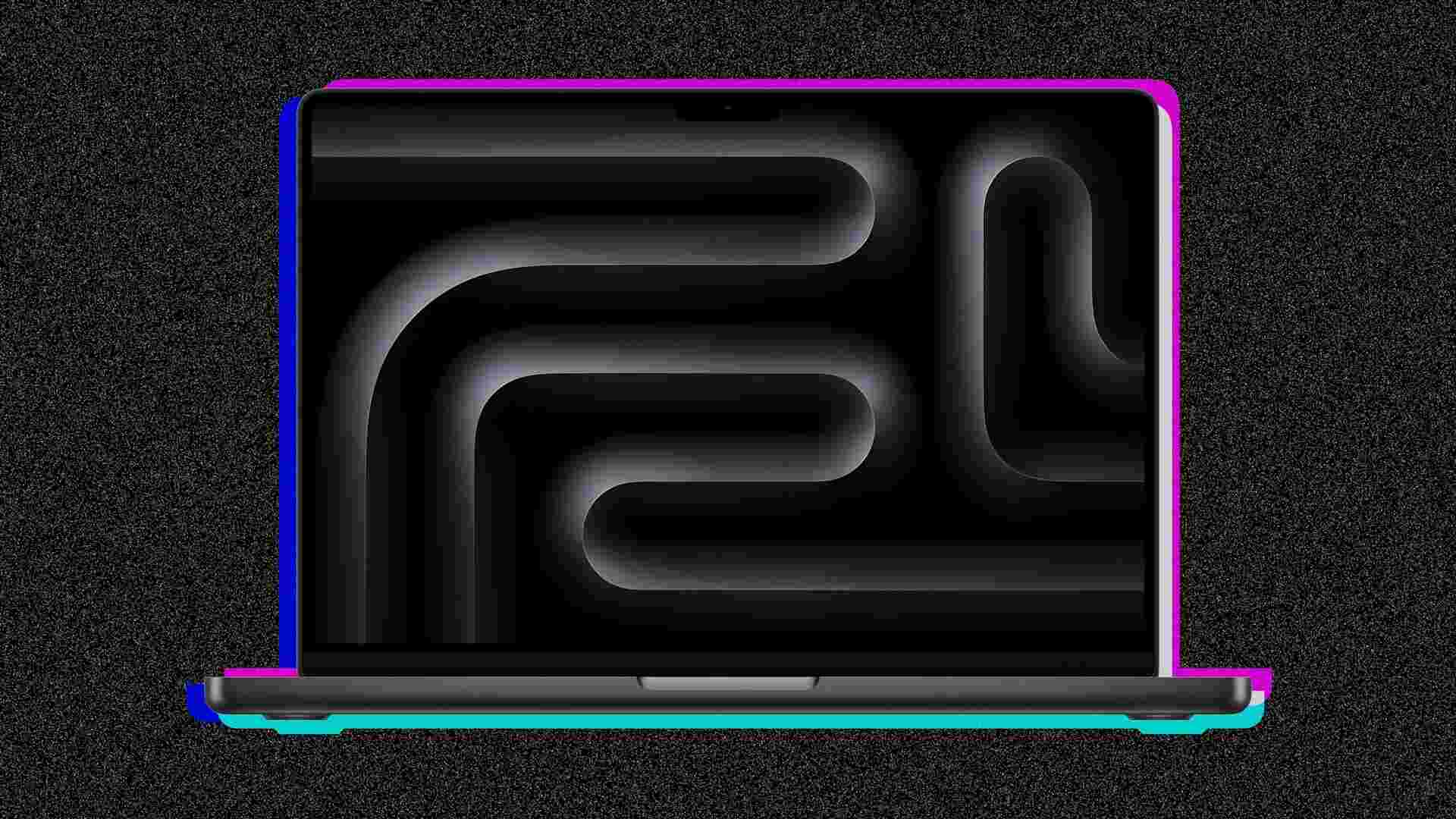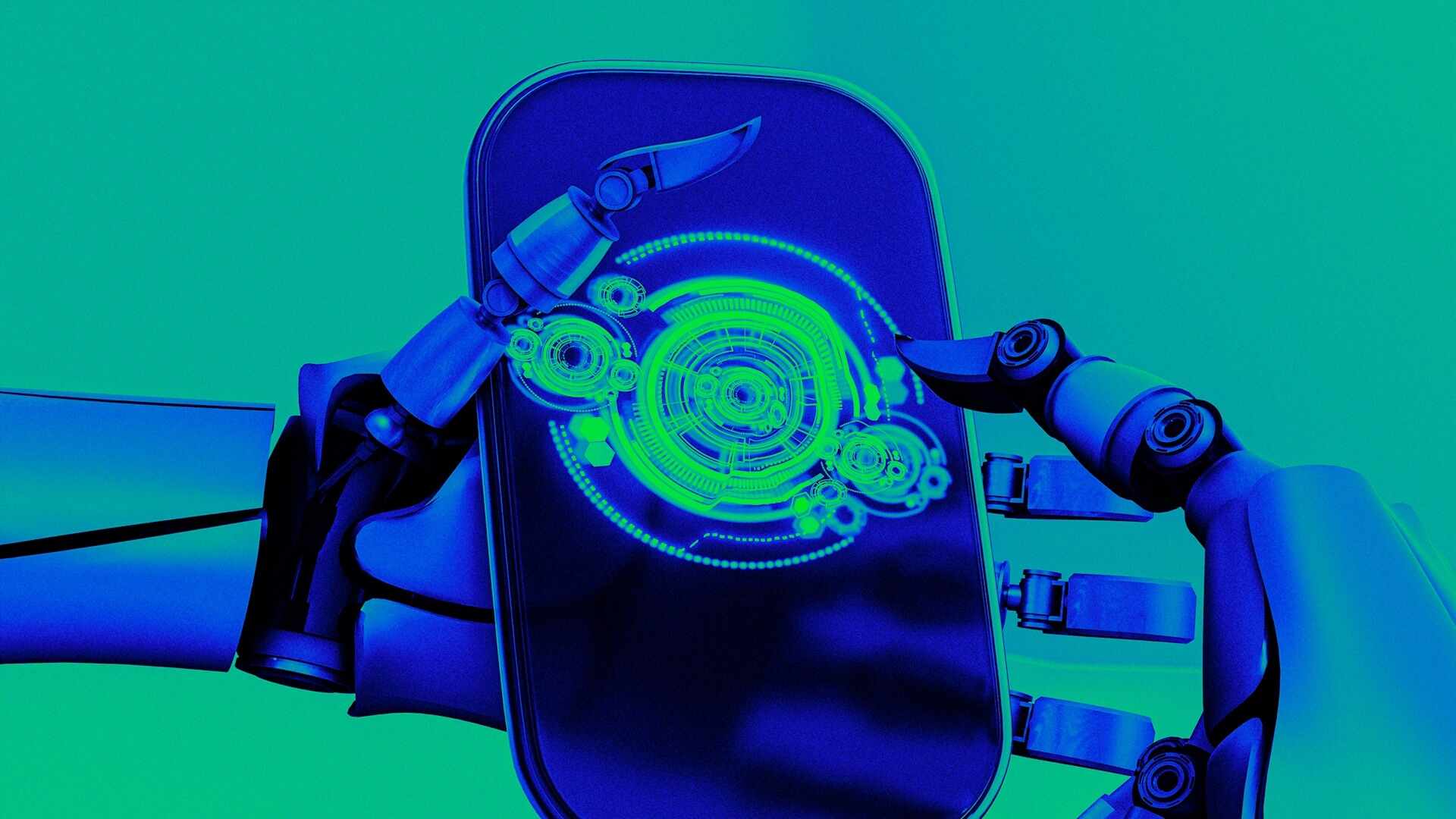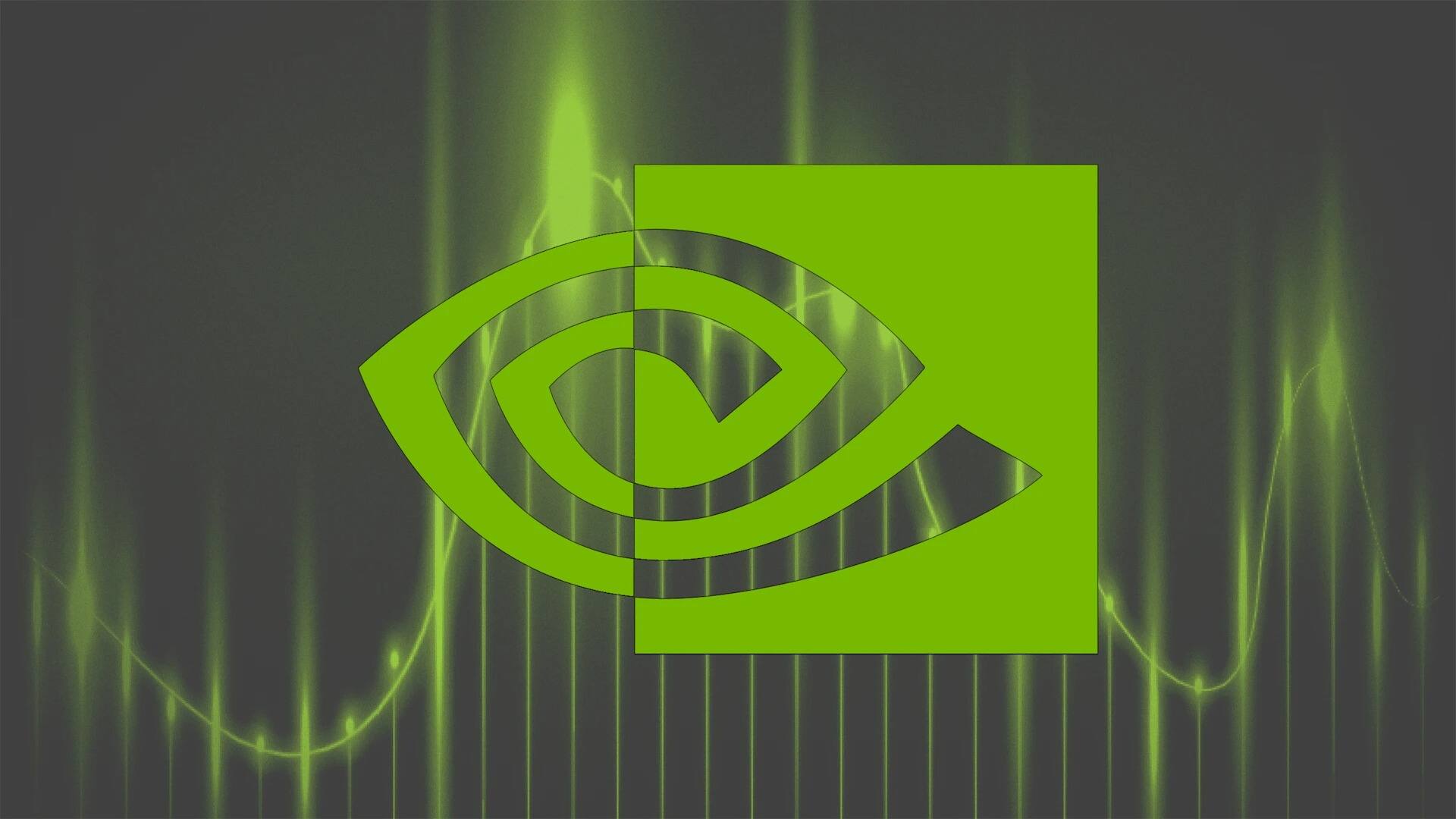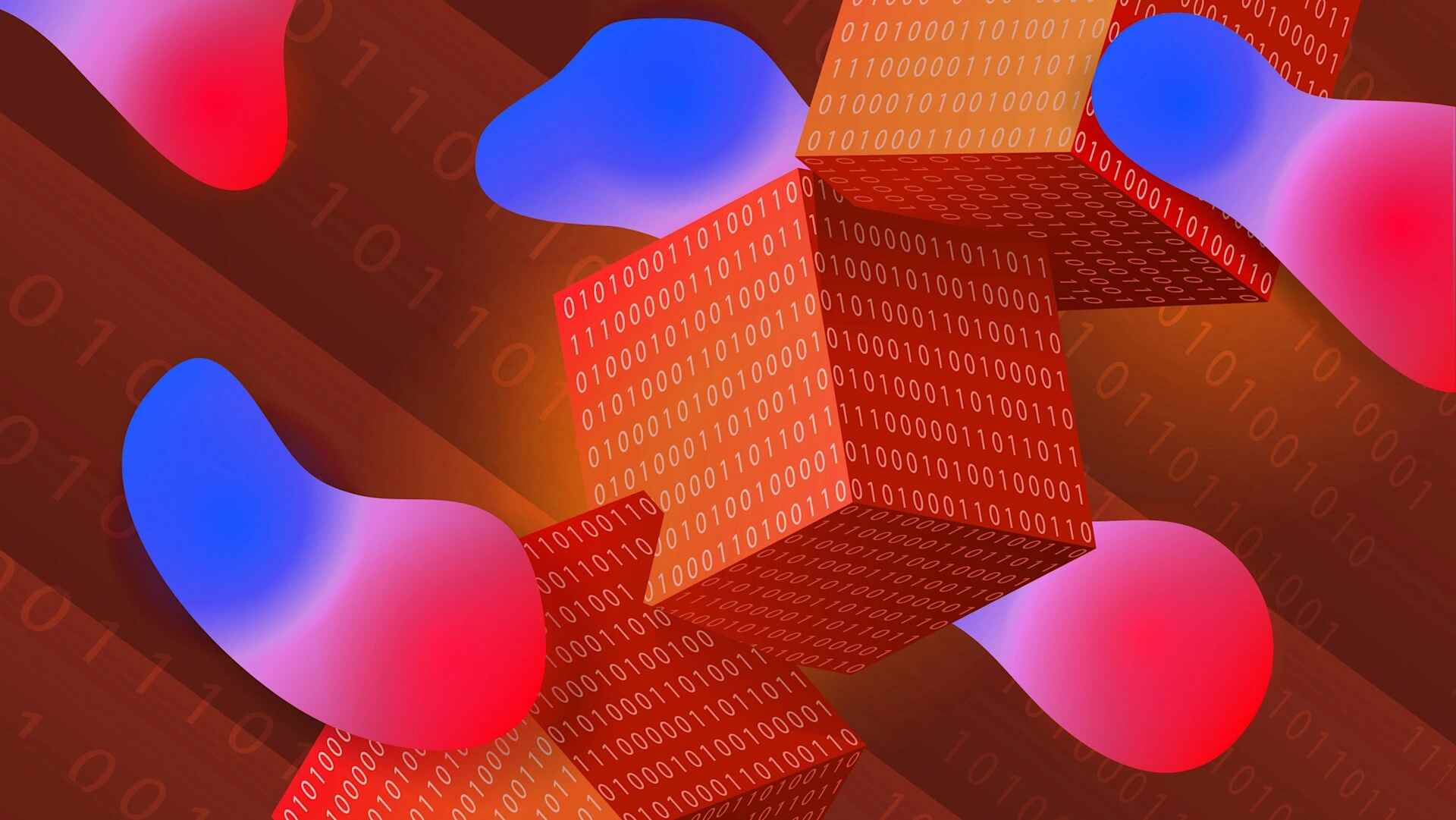- | 8:00 am
The new MacBook Pro: Still a workhorse
Apple’s latest laptop packs the new M5 chip—but it’s still defined by its quiet focus on everyday benefits.

Apple is legendary for figuring out what people want before they realize they want it. But since 2021, its MacBook Pro hasn’t been like that at all. Instead, this venerable laptop’s recent design has reflected Apple’s willingness to trust its customers’ judgment—even when it’s been at odds with the company’s own instincts.
In part, that’s because of a 2016 reimagining of the MacBook Pro that didn’t stick. Atypically, Apple then went on to reverse many of the changes it had made. The fancy function-key replacement known as the Touch Bar went bye-bye. And several mundane-but-useful features Apple had axed came back, including the MagSafe power connector, HDMI port, and SD Card slot.
The result was a computer that was noticeably chunkier than the MacBook Air. But it was also particularly well tailored to the needs of people who prize sheer usefulness above all else. It was a workhorse—you know, professional.
The newest 14-inch MacBook Pro, which I’ve been using for a little less than a week (the company provided a unit for review), retains that vision. Actually, it retains everything about its immediate predecessor except the chip. A classic example of a “speed bump” upgrade, the machine is now powered by Apple’s next-generation M5 processor. So are updated versions of the iPad Pro and Vision Pro—an unusual example of disparate Apple products shipping with the same new chip all at once.
In another break from recent years, Apple isn’t immediately rolling out the new MacBook Pro in multiple variants: fast, faster, and fastest. Only the entry-level 14-inch model is getting a new chip. Higher-end Pros (including the 16-inch version) are still equipped with last year’s M4 Pro and M4 Max chips, leaving the MacBook Pro lineup in transition.
For now, the M5 MacBook Pro, with a starting price of $1,599, occupies a middle ground among Apple laptops. Many people will be delighted with the cheaper, lighter, thinner MacBook Air, an exemplary laptop in its own right. Others whose jobs involve particularly computationally intensive work, such as heavy-duty video editing, might opt for the M4 Pro or M4 Max versions of the MacBook Pro, or wait for M5 Pro and M5 Max ones. Apple itself described the M5 chip as suitable for “college students, business users, and aspiring creators,” a pretty concise way of encompassing the M5 MacBook Pro’s sweet spot.
Still, even though I’m a happy owner of a 15-inch MacBook Air, spending time with the new MacBook Pro made clear to me why some people would gladly pay a premium for it.
For starters, there are several fundamental ways in which the MacBook Pro is enough better than the MacBook Air to matter. That starts with the screen, which has brighter Mini-LED lighting and, thanks to ProMotion technology, smoother scrolling. The $150 Nano-texture display option, which Apple included on my review unit, does the job when it comes to the promised glare reduction: I felt more like I was reading off paper than a shiny LCD.
The Pro’s six-speaker audio system, with a subwoofer, is a significant upgrade over the Air’s. Its claimed battery life is longer—up to 24 hours of video streaming versus 18 for the Air. Yes, that’s an upgrade from impressively long to remarkably long, but anything that reduces a portable computer’s reliance on chargers and AC outlets is a blessing.
Buy a MacBook Pro, and you may also be able to avoid dealing with the dreaded, easy-to-misplace adapters known as dongles. It has three USB-C ports versus the Air’s two, and they’re divvied between the left and right sides, letting you plug in cables any which way without having to snake them around. As for the built-in HDMI and SD Card slot, their survival in 2025 is miraculous given that Apple tried to eliminate them almost a decade ago—but I, for one, would use the SD slot all the time to transfer photos and videos from my Fujifilm camera.
Okay, how about that new M5 chip? Apple emphasizes its improved performance in AI-intensive tasks such as applying filters to video and running local LLMs. Jason Snell of Six Colors benchmarked the new MacBook Pro and found it substantially quicker than the MacBook Air. His charts also show MacBook Pro models with M4 Pro and M4 Max chips remaining faster still, because they have more CPU and GPU cores than the M5.
In my informal experiments with tasks such as editing images in Photoshop and outputting video projects from DaVinci Resolve, the M5 MacBook Pro was a rocket. But with the exception of epoch-shifting moments such as Apple’s 2020 transition from Intel chips to ones it designed itself, the launch of a new processor is rarely a reason to rush out and buy a new computer. Instead, most people should hold off on springing for a new machine until their current one is showing its age—a buying strategy Apple tacitly acknowledges in its marketing for the M5 MacBook Pro by comparing its performance to its M1 ancestor, which dates to 2020.
The best reason to get a new computer is as an insurance plan against future obsolescence. The M5 MacBook Pro is just a faster version of a familiar laptop. But it’s well positioned to stay useful even as AI becomes a more pervasive element of MacOS and Mac apps.
Apple certainly won’t leave the MacBook Pro feeling so familiar forever. Last week, Bloomberg’s Mark Gurman reported that the company is currently working on a thinner, lighter version with an M6 chip—and the Mac line’s first-ever touchscreen. Here’s hoping that no matter how much the MacBook Pro evolves, it retains the quiet emphasis on straightforward, well-appointed productivity that defines it.






































